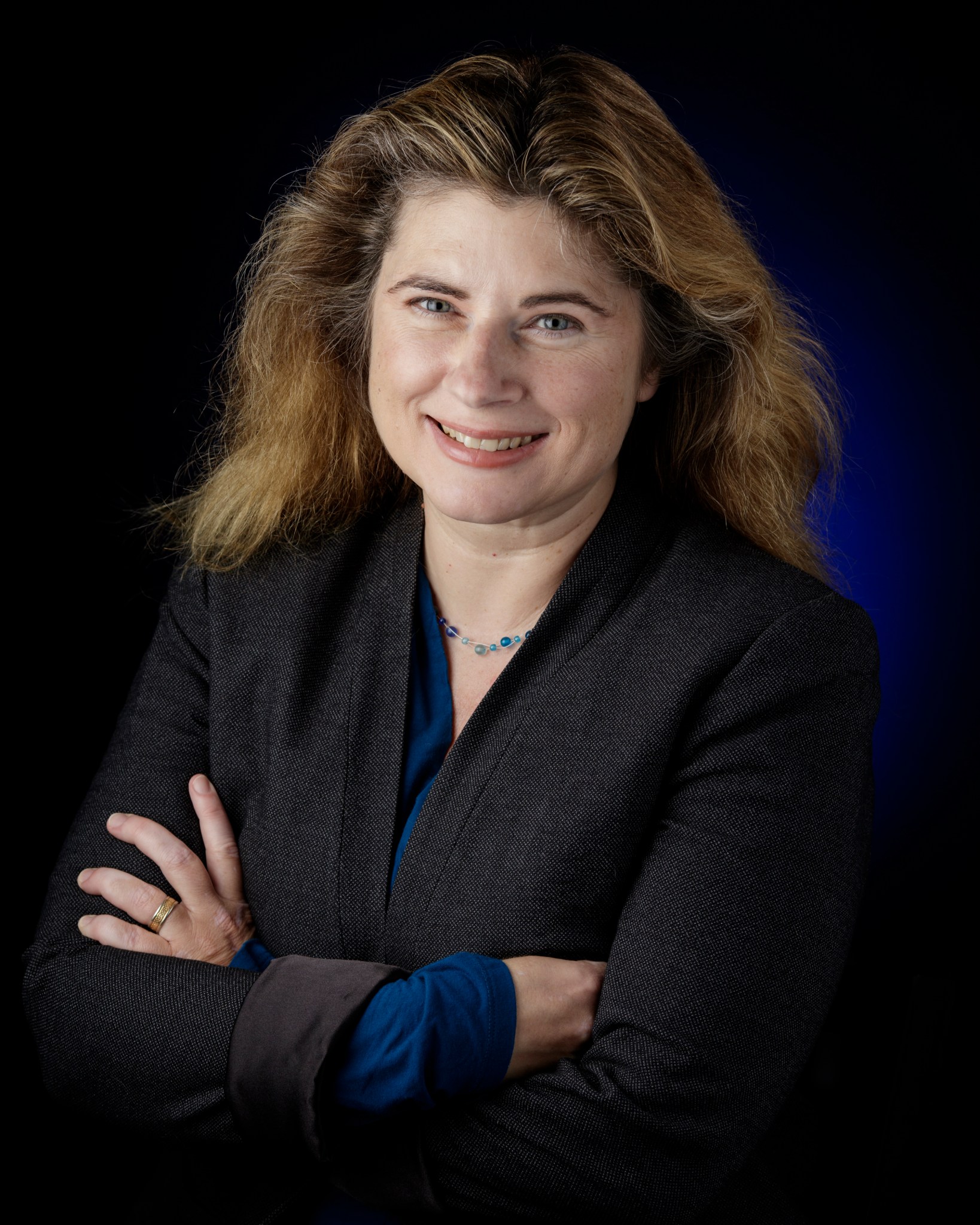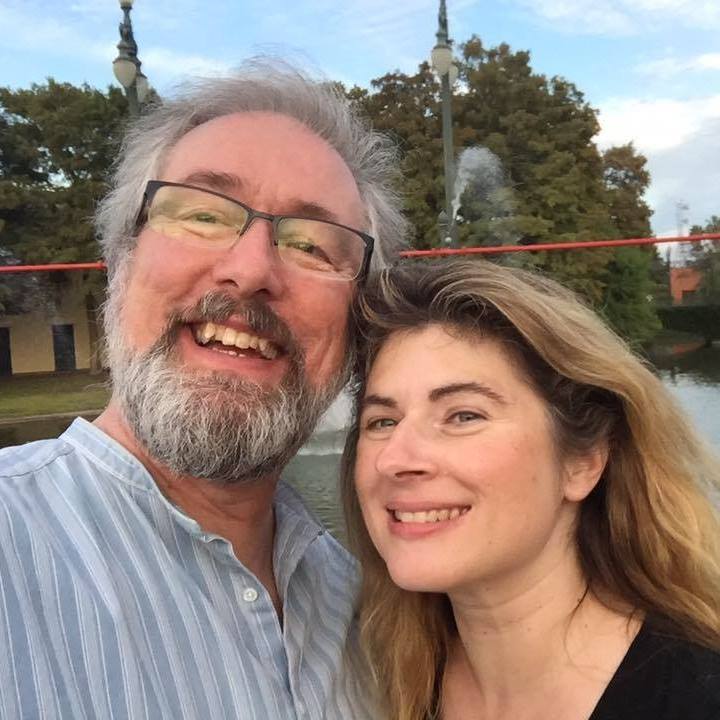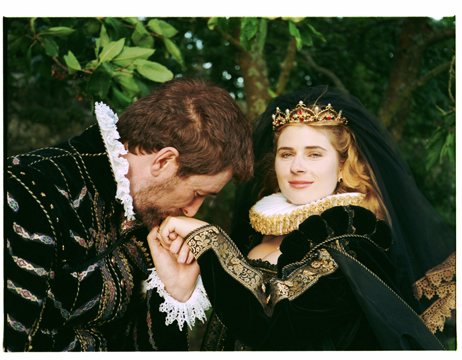Name: Michelle Thaller
Title: Science communications strategist
Formal Job Classification: Astrophysicist
Organization: Code 130, Office of Communications, and Code 600, Science Directorate, Office of the Director
What do you do and what is most interesting about your role here at Goddard? How do you help support Goddard’s mission?
I am a liaison between the science directorate and the office of communications. That means having some understanding of both worlds; two different environments, and I think that both of them are stronger when they work together.
What is your educational background?
I grew up near Milwaukee, Wisconsin, in a fairly small dairy town. When I was in school, what passed for science was agricultural science. So I learned a lot about crops, dairy farming and cow diseases.
We were taught to be curious, to look at how things worked. We visited different farms to see what techniques they used. We compared methods and talked about what worked and what didn’t and why those decisions had been made. It was all about problem solving in a very practical way based on extended field trips out into nature. I still feel calmest and think best out in nature, when I’m outside.
I got a B.A. in astrophysics from Harvard University and a Ph.D. in astrophysics from Georgia State.
When did you first want to be an astrophysicist?
I was always trying to get outside and look at the stars. My mom said that as soon as I could walk, she would find me trying to get outside to look at the lights in the sky. I can’t explain the fascination, it is just something that has always called to me. My parents remain puzzled.
You live your life following your instincts, your hunches, being an original. How has that worked?
I feel in love with the stars the first time I saw them. I fell in love at first sight with my husband of 26 years. I bought two houses in my life and knew they were right the moment I stepped inside.
I would have to add that sometimes my instincts have seriously misled me. Like everyone, I have made some spectacular mistakes. But I still trust my instincts and let them generally guide me.
I think people have a misperception about science, that it is very logical and emotionless. For me, even solving mathematical problems comes with a feeling of instinct as to how to proceed. It is not completely rational. Scientists often speak about a solution being beautiful or elegant. Our instincts somehow guide us even if we cannot proceed step by step in a logical fashion. You just have to feel it.
Based on your instinct-driven mind, what advice would you give to young people interested in a science career?
Trust your own curiosity. I was told over and over again that I did not have the right kind of personality to be a scientist. That I was too artistic. That I was not logical enough. I did not learn very easily in the traditional way. I got some very bad grades in science and math in college. I found the transition between a rural public school and Harvard very intimating. Still, I loved astronomy throughout college, even when the classes were confusing. My liberal arts classes kept my grade-point average up; I got pretty much all A’s there.
I learned that just because something is hard at first does not mean that you do not belong. It all comes back to trusting your curiosity to guide your path, trusting what interests you most and going for what you love to do.
How does a liberal arts background make you a better scientist?
Oh wow, there are so many ways! The diversity of thought and bringing in different ideas from so many different sources and backgrounds, the ability to take all of this, distill it and look for patterns and what is most important. The liberal arts permanently open up your mind to many different possibilities.
Also, a broad education makes you realize that there is not a single correct answer. There is always new information to add. An answer is an evolution; it is not an end state. Critical thought means keep asking questions. I don’t know what life would be without curiosity.
As a science storyteller, what is your preferred way to tell science stories?
At the very core, the reason I love astronomy more than any other topic is that I consider it the best story I have ever heard. The story of how connected we are to the larger universe is something that has sustained me throughout my entire life. The way that my brain processes even basic physics is the flow of one idea to another, not a linear step-by-step.
People think science and math are so complicated. But when you take the time to break equations down, piece by piece, and turn the pieces into parts of a story, it becomes simple, elegant and most of all understandable.
Field trips are a great way to make the pieces even more understandable and come alive. When I take my Smithsonian groups to CERN, the European Center for Nuclear Research on the border between Switzerland and France to study particle physics for 10 days at a time, we start with the basic principles of defining a particle. I tell them, “There’s no way you are leaving this trip and ever thinking of an electron as a little ball again. They are not little balls. They are so much more wonderful.” It is the ultimate field trip, going to CERN’s particle accelerator to learn about particle physics.
What is the best part about working at Goddard?
Without hesitation, it is the people. I have never been surrounded by a group of people who are so talented, full of integrity and even, yes, actually noble. I think our work here is noble too. The people here are fun, most kind and have the potential for experiencing and sharing true joy.
And they are curious, so that means they are part of my tribe.
Do you have a mentor?
When I was a small child, Carl Sagan was my first example of an astronomer and I looked up to him. Throughout my life, different people have advised and helped me. I am inspired and impressed by people every day, many of whom are at Goddard. But I cannot say that any one person feels like an actual mentor to me today.
If you are following your own path and want to be original, there may be no one to show you the way. You have to trust yourself. My own curiosity is what primarily motivates me.
Andrew, my husband and fellow astrophysicist, is 14 years older. He has always been a little bit ahead of me in his science career. He has continuously given me good advice and encouraged me to take risks in my life. He has always offered his unwavering support.
What are some of your more interesting outreach projects?
Before coming to Goddard, when I was working at NASA’s Jet Propulsion Laboratory in Pasadena, California, I worked with conceptual artists to produce instillations only loosely based on ideas from physics and astronomy.
I am currently working with a choral composer named Eric Whitacre who, inspired by images from Hubble, composed symphonies. In his concerts, I explain the astronomy but in a very emotional way. I am also working at Ford Theater’s production of “Silent Sky,” also to provide the scientific explanation.
Tell us about your writing.
I have always enjoyed writing. For some years, I was a science writer for the Christian Science Monitor. I have also written articles for popular science magazines. I just completed a book that is a tour guide to the universe called “111 Places You Must Visit in the Universe.”
What do you do for fun?
For more than 10 years, I was part of the Los Angeles Renaissance fair’s Queen’s Court. My dress weighed more than 25 pounds. My husband and I used to dance for hours in hundred-degree Los Angeles weather.
I also paint watercolors, mainly florals and landscapes. I enjoy cooking. I collect antique Japanese dolls. And of course my husband and I love to travel.
Last year, I went to the Himalayas by myself. I was proud that I got myself up to the bottom of Mt. Everest and back by myself.
You sometimes can hear your voice better when you are by yourself. Sometimes adventures are easier than you think.
What do you especially not like to do?
Sit still in an enclosed room. A lot of my personality has developed around trying to manage boredom. When I was a child, I had elaborate imaginary friends and fantasy scenarios that would get me through a day sitting still in a classroom.
What is your “six-word memoir”? A six-word memoir describes something in just six words.
Curiosity is always stronger than fear.
By Elizabeth M. Jarrell
NASA’s Goddard Space Flight Center






























